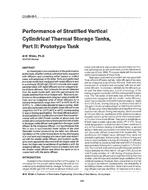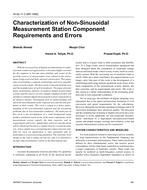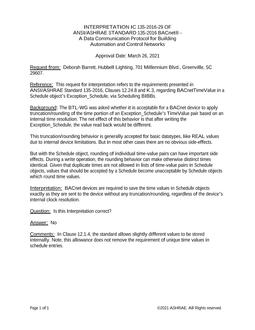The history of process exhaust in manufacturing operations goes back almost as far as the operations themselves. In early manufacturing facilities great reliance was placed on natural ventilation: open windows and gravity ventilators were the extent of the process exhaust system for many industries. Powered ventilators were the next step and developed into the individual ducted process exhaust systems that are widely in use today. As processes became faster and more sophisticated the process exhaust volume increased. We then found. in order to effectively heat plants in the winter and to keep the process exhaust operating up to design. make-up air had to be supplied in substantially equal volumes to exhaust air.
Today’s increasing energy shortage with its associated higher energy cost was motivation to take a close look at the benefit relationship of energy usage. Findings showed a large percentage of the total energy was being used in process exhaust and make-up air systems. In addition, it was found that make-up air was introduced into the plant not only to make up process exhaust but also for employe comfort control.
The goal of in-plant environmental control is to provide the best possible working conditions while making maximum use of energy-saving techniques. The areas I am concentrating on here are oil mist and particulate control. In looking at the practices used in GM plants, it was found that in oil mist control we had reached almost a self-defeating system. High quantities of make-up and exhaust air were being used to purge areas of oil smoke with limited success. As most of those involved in manufacturing can attest, if hooding is close enough to effectively capture all of the smoke and mist, it usually hampers manufacturing and maintenance operations.
On the other hand, if the hooding is too far from the source. the make-up air and man-cooling fans distribute the oil mist throughout the entire area before the exhaust system can capture it. For these reasons, GM has begun an extensive program to eliminate oil mist at the source.
Citation: Symposium, ASHRAE Transactions, Volume 80, Part 1, Los Angeles, CA
Product Details
- Published:
- 1974
- Number of Pages:
- 4
- File Size:
- 1 file , 380 KB
- Product Code(s):
- D-LA-74-10-3


